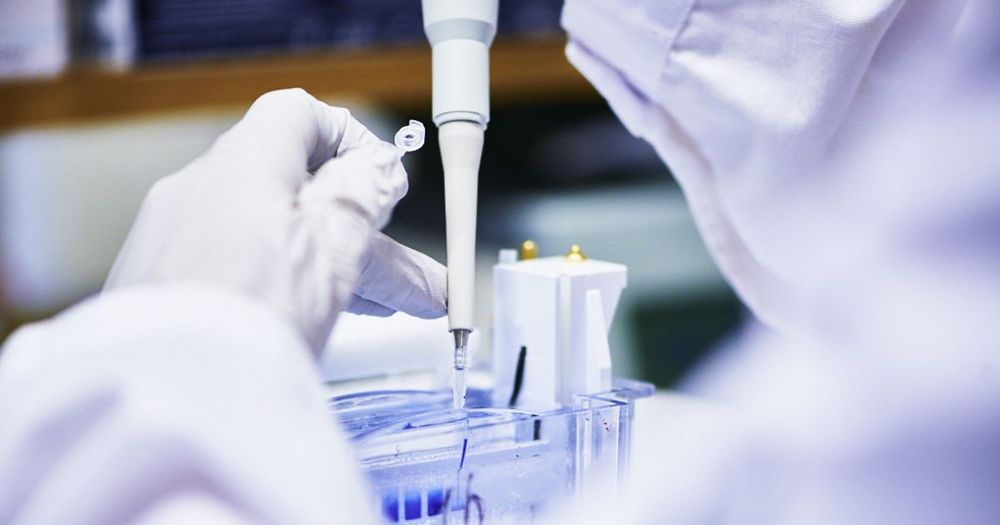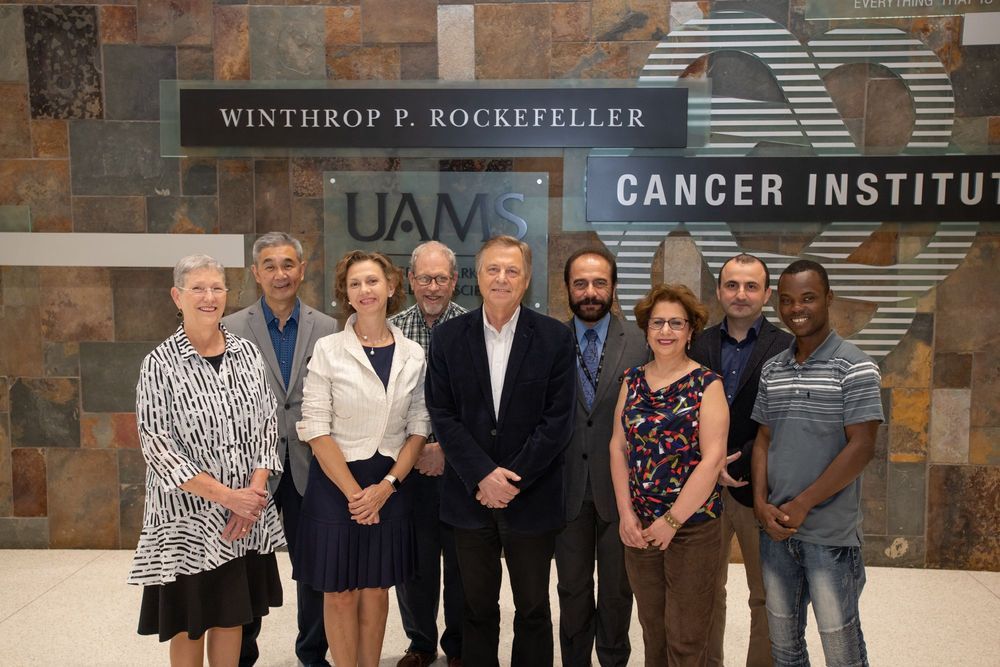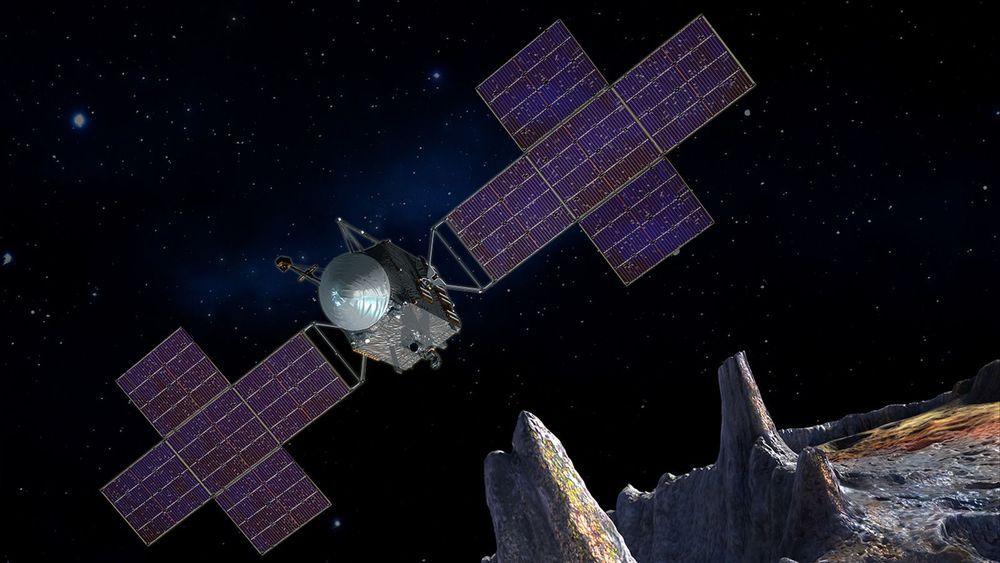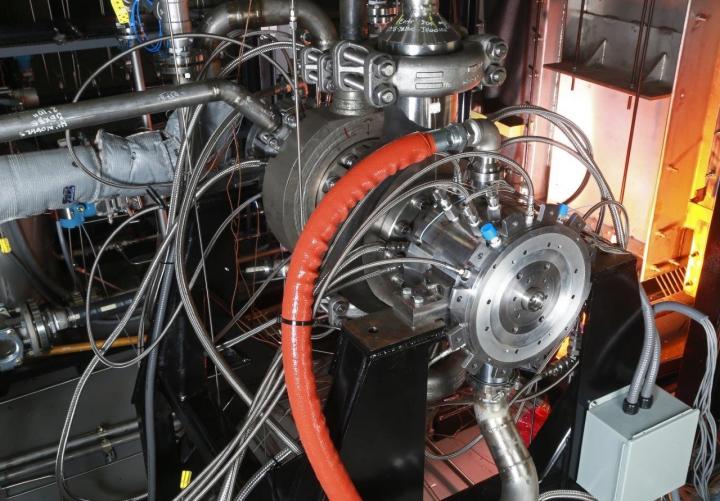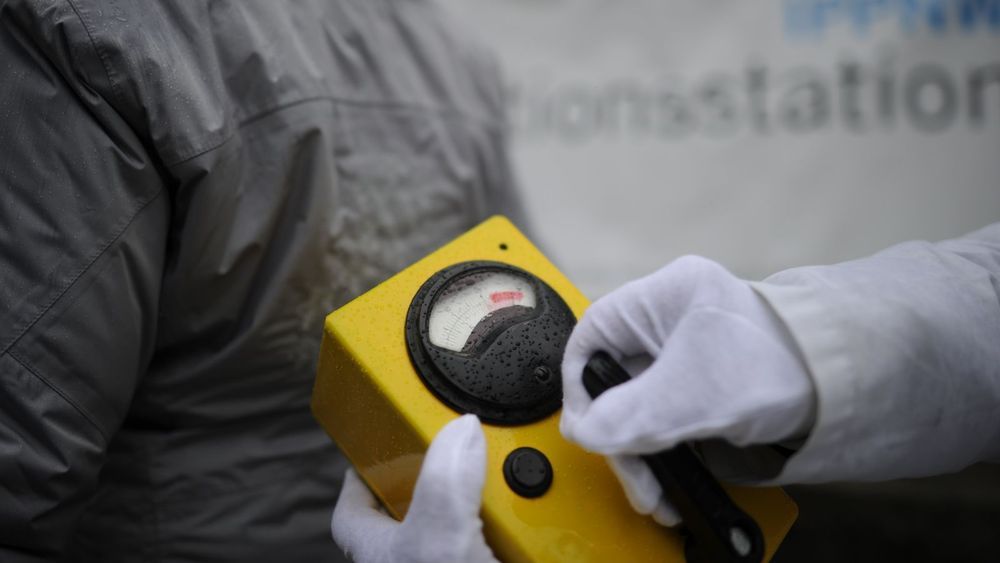Hamlet Pharma Ltd. is making great progress and has just concluded the first part of a clinical trial in patients with bladder cancer. Drug development often takes many years, due to complex development and approval processes. Based on our extensive prior experience, the drug candidate, Alpha1H, has passed a number of important milestones in a relatively short time and with moderate cost. Alpha1H is natural and is found in breast milk. The trial has shown its effectiveness in dissolving tumors.
The strategic goal of Hamlet Pharma is to develop novel cancer treatments for patients who currently lack therapeutic options. Conducting clinical trials is crucial to reach primary goals such as evaluating the therapeutic window for HAMLET in bladder cancer. We also aim to gain new insights that facilitate the drug development for Alpha1H and the diversification of our activities to include other indications.
